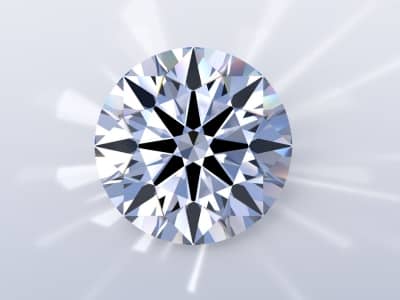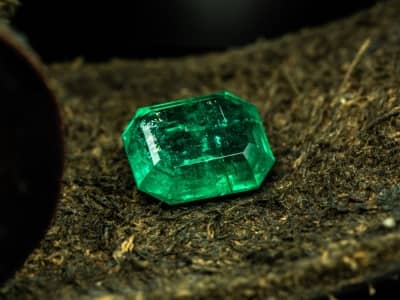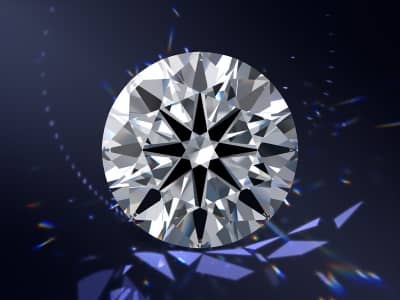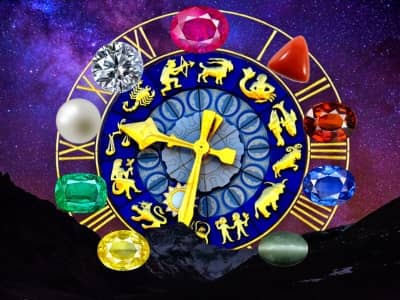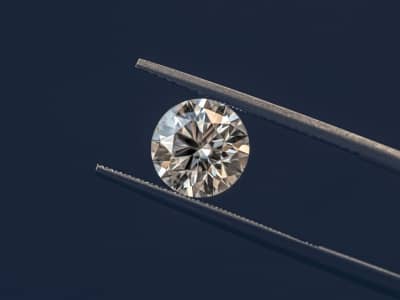Natural Diamonds
Round Shape
Princess Shape
Oval Shape
Heart Shape
Cushion Shape
Emerald Shape
Diamond Clarity

The clarity rating of a diamond is based on the number and visibility of inclusions (tiny pinpoints, markings, and clouding) within the diamond. These inclusions can affect the overall appearance of the diamond. There are two types of flaws that can occur in natural diamonds: inclusions, which are internal flaws, and blemishes, which are external or surface flaws. In general, diamonds with fewer inclusions and blemishes will have a higher clarity rating, which increases their brilliance and value.
Expert tip 1: When it comes to diamonds with a VS1 grading or higher, it is necessary to use magnification to see the impurities. Choosing a diamond with a VS1 or higher grading is a subjective quality decision that goes beyond what can be seen with the naked eye. Larger diamonds with these higher grades are rarer and therefore command higher prices, and they also tend to be a better investment.
Expert tip 2: Although diamonds with an SI1 or SI2 grading are generally not considered “eye-clean” (i.e., free of visible impurities), some SI1 diamonds (up to 20% of cases) may appear to be eye-clean due to the impurities being light in color or scattered. This number falls to just 5% for SI2 diamonds. The most common types of impurities found in diamonds are feathers and crystals.
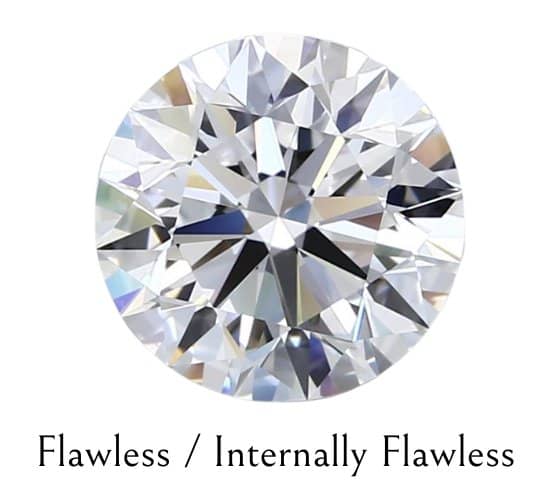
Flawless (FL)
Flawless diamonds are exceedingly rare, characterized by their absolute absence of both internal and external flaws, offering a mesmerizing display of pure brilliance and clarity that is unparalleled.
Internally Flawless (IF)
Internally Flawless diamonds exhibit flawless clarity internally while potentially containing negligible surface blemishes, providing exceptional transparency and a captivating radiance that accentuates their inherent beauty.
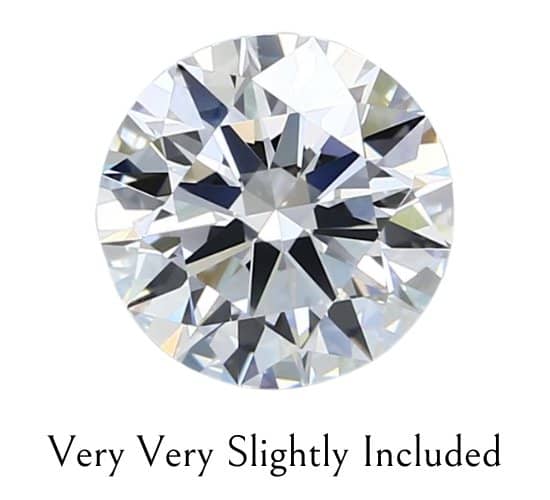
Very Very Slightly Included 1 (VVS 1)
VVS 1 diamonds possess extremely minute inclusions that are exceptionally challenging to detect, ensuring a level of clarity that is near perfection and enhancing the diamond’s brilliance and visual appeal.
Very Very Slightly Included 2 (VVS 2)
VVS 2 diamonds exhibit tiny inclusions that are difficult to observe even under magnification, resulting in diamonds with remarkable clarity and impressive sparkle, making them highly desirable choices for those seeking exceptional quality at a slightly lower price point than VVS1.
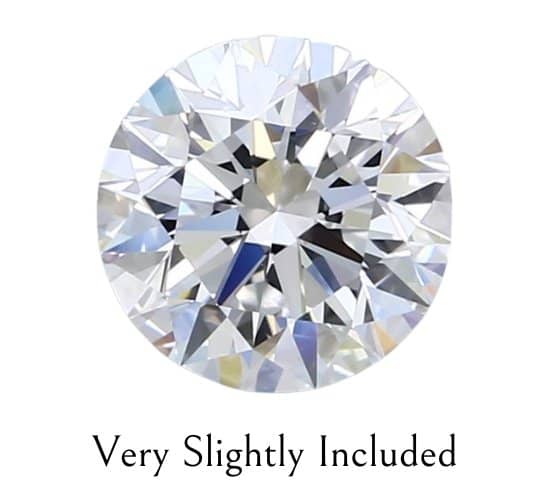
Very Slightly Included 1 (VS 1)
VS 1 diamonds feature minor inclusions that are typically only visible under close inspection, with minimal impact on the diamond’s overall appearance. They offer a balance between quality and value, providing diamonds with good clarity and excellent brilliance.
Very Slightly Included 2 (VS 2)
VS 2 diamonds showcase slight inclusions that are still generally not noticeable to the naked eye. With good clarity and attractive pricing, VS2 diamonds offer an appealing choice for those seeking beautiful diamonds with a high level of visual appeal.
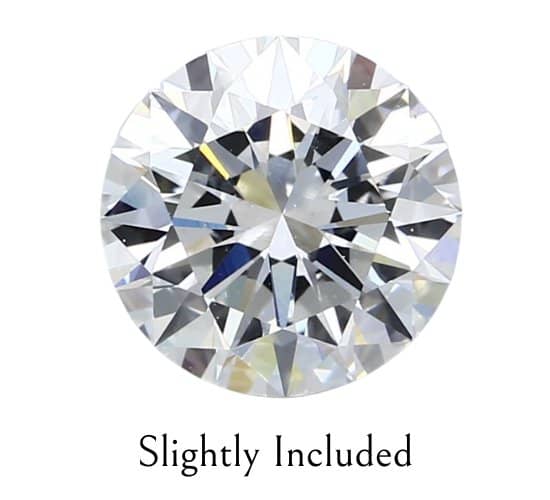
Slightly Included 1 (SI 1)
SI 1 diamonds exhibit noticeable but relatively small inclusions that are typically visible under 10x magnification. However, these inclusions often have minimal impact on the diamond’s overall appearance, making SI1 diamonds an affordable option while still maintaining a good level of brilliance.
Slightly Included 2 (SI 2)
SI 2 diamonds feature inclusions that are more easily visible under 10x magnification and may occasionally be visible to the naked eye. Despite the inclusions, SI2 diamonds can still offer an attractive appearance and represent a budget-friendly choice for those who prioritize size or other diamond characteristics over absolute clarity.
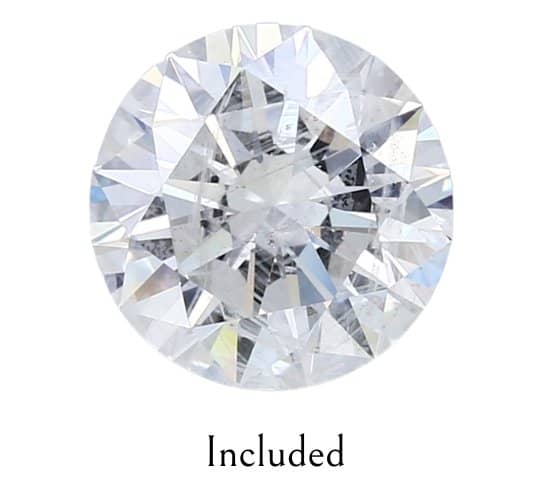
Included 1 (I 1)
I 1 diamonds contain inclusions that are visible to the naked eye, potentially affecting transparency and brilliance. However, I1 diamonds can still offer unique beauty and may present an affordable option for those seeking larger carat weights or unique designs.
Included 2 (I 2)
I 2 diamonds feature more prominent inclusions that are easily visible to the naked eye, often impacting the overall clarity and brilliance of the stone. While I2 diamonds may have reduced transparency, they can still possess individual character and appeal.
Included 3 (I 3)
I 3 diamonds have significant inclusions that greatly affect transparency and brilliance. These inclusions are readily visible to the naked eye and can impact the overall beauty of the diamond. I3 diamonds are typically chosen for their size or as affordable options, while still retaining the enchanting essence of a genuine diamond.
Diamond Education
Buying Loose Diamonds
How to Buy a Diamond

